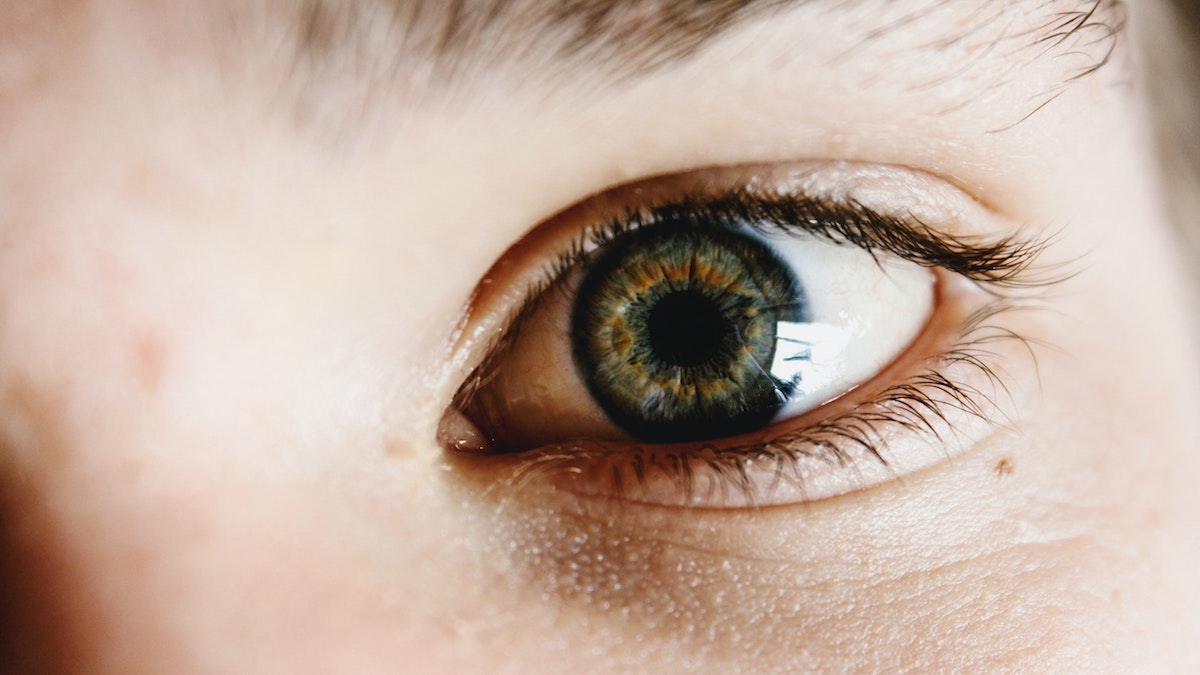Dry eye is a common condition that, as its name implies, causes the eyes to dry out. Although it may sound relatively benign, dry eye is associated with significant discomfort and even vision impairment. Furthermore, the condition can arise from a number of factors and even become chronic, making treating it difficult.
16 million Americans live with dry eye disease, but it’s thought that as much as half of the US population experience symptoms of dry eye. The most common types of this multifactorial disorder are aqueous deficiency dry eye and evaporative dry eye. These issues cause decreased tear production and lower tear quality, resulting in an uncomfortable burning sensation in the eyes that can impact vision as well as quality of life. Here are some causes and risk factors of dry eye disease.
What causes dry eye?
Dry eye can be caused by a variety of reasons, because our tears are very complex–they are made of three different layers. The tear layer that is closest to the eye is the mucous layer. The middle layer of our tears is the aqueous layer, and the outer layer is the oil layer. These three layers each play a special role in protecting the eye. The two most common tear issues that can cause dry eye are discussed below.
- Diminished aqueous production. As one ages, their eyes naturally start to produce less of the aqueous layer, the middle layer of our tears. But various medications can also interfere with aqueous production. Many inflammatory systemic diseases, such as rheumatoid arthritis, lupus, Sjogren’s syndrome, and/or thyroid disorders can cause decreased aqueous production.
- Abnormal tear evaporation. This happens when the outermost layer of our tears, the oil layer, isn’t produced as much any more. Age can be a factor in this type of dry eye. External factors, such as exposure to smoke or dry air, and eye issues, such as blepharitis, ectropion, and entropion, can also cause a problem with this tear layer and lead to increased tear evaporation. Meibomian gland dysfunction and demodex mites are other causes of reduction in the oil layer of tears. However, the most common reason for abnormal tear evaporation is lack of blinking due to increased screen time.
Symptoms of dry eyes
Dry eye symptoms can vary in severity depending on the person. Common symptoms include:
- Watery eyes
- Burning, scratching, or irritation in the eyes
- Increased sensitivity to light
- Blurry vision
- Feeling that there’s something in your eye
- Difficulty driving at night
- Problems wearing contact lenses
- Mucus in or near the eyes
- Eye fatigue
Risk factors for dry eyes
Dry eyes can happen to anyone, but some people are more likely to develop the condition. Some risk factors for dry eyes include:
- Being a woman. Hormonal changes in the female body, caused by pregnancy, menopause, or birth control medication, make women more likely to experience dry eyes.
- Being over the age of 50. As mentioned above, age is a big risk factor for dry eyes, since tear production naturally slows down with age.
- Wearing contact lenses. Contact lenses can lead to all sorts of issues with tear production. For instance, contact lenses can absorb tears and even reduce how much oxygen enters the eye. Using eye drops while you’re wearing contacts may improve symptoms.
- Having refractive eye surgery. Refractive surgery, such as LASIK or PRK, is a surgical procedure that can improve eyesight, eliminating the need for glasses or contacts. However, patients consistently report experiencing dry eye after the operation. Dry eye after refractive surgery is not usually permanent, although it can last for up to two years.
